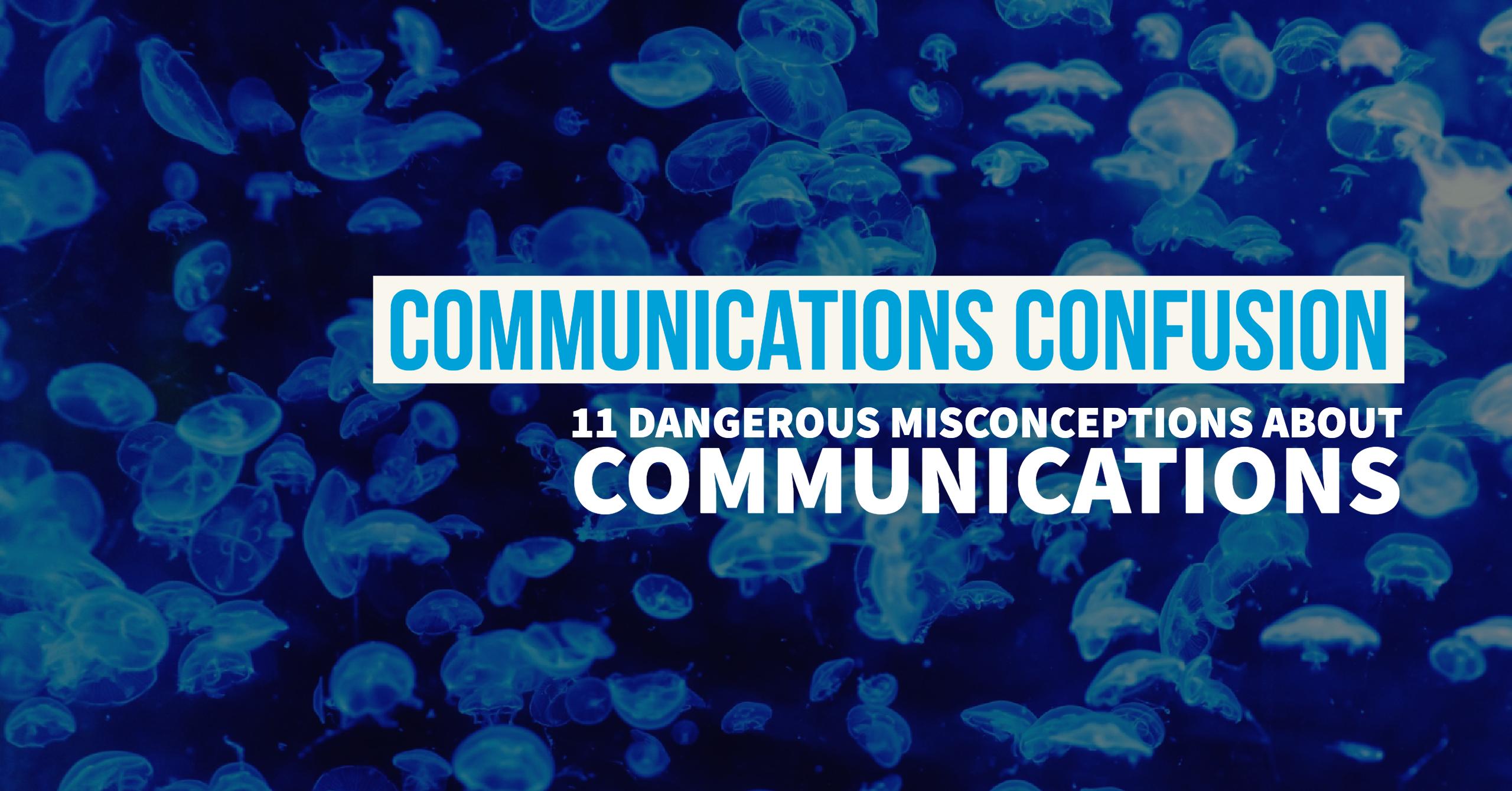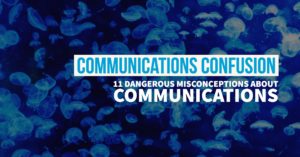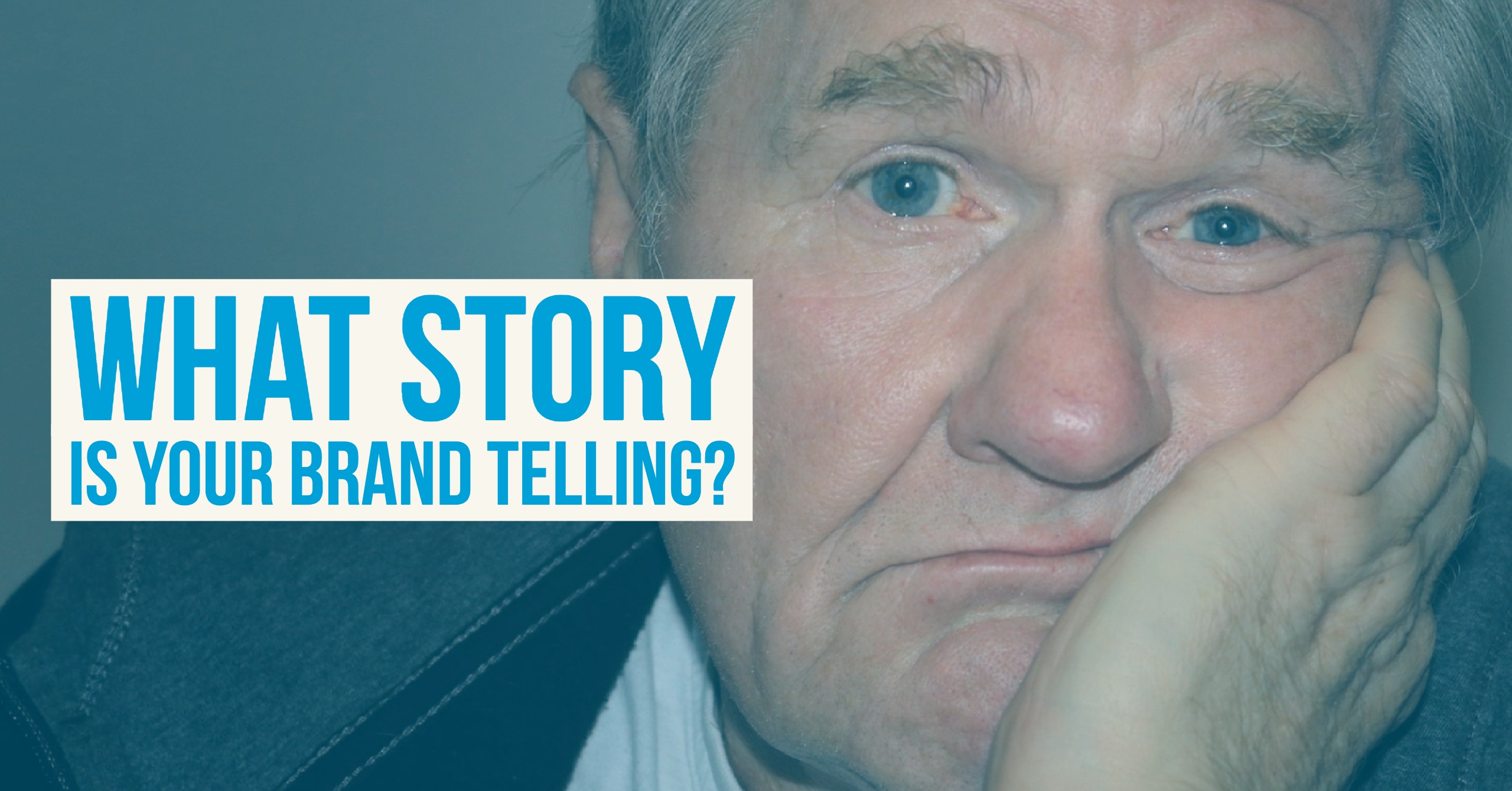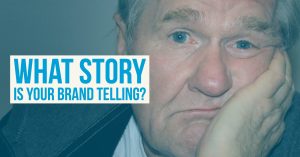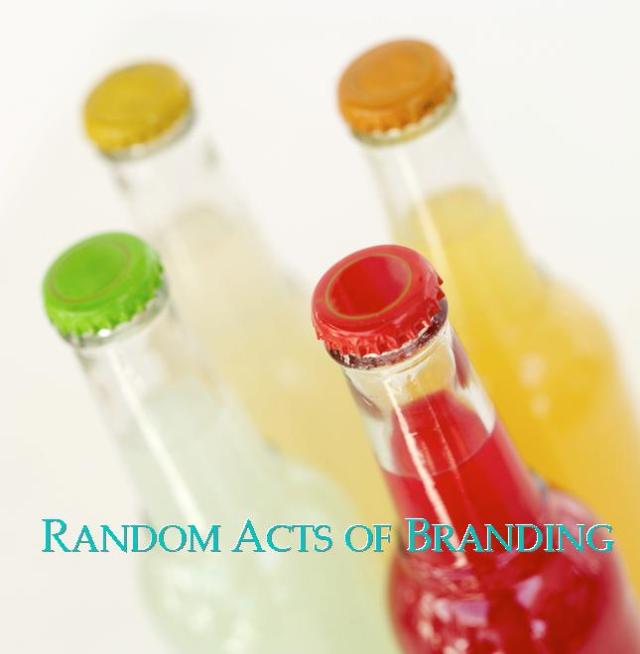
Ever start to do one thing only to find that you have actually achieved something quite different? Well, the two young men in the following story set off to deliver some tickets to an important contact, what they accomplished was some very effective, albeit negative, branding.
Two young airline executives were on Parliament Hill for some meetings with members of parliament and thought they would take the opportunity to drop off a dinner ticket they were holding for the Chair of the Transport Committee. When the young execs arrived at the Chair’s office unannounced, the assistant greeted them with a smile and asked if she could help. They explained that they had a dinner ticket for the Chair and could she pass it along. She looked a bit puzzled and then asked which dinner they were referring to. They explained which dinner they had in mind and were somewhat surprised when she shook her head in the negative.
“I’m sorry, there must be some mistake,” she said, “the Chair is attending that dinner, but he is not sitting at your table.”
The young executives, who had risen up the ranks of the airline based on their brilliant assessment skills, collectively shook their heads in the negative. “No, no, we know he is at our table.” The assistant, looking a little less pleased said, “No, I just checked his schedule, he is not sitting at your table.”
Clearly, the assistant was new or uninformed they thought, “No, you’re mistaken we know for a fact that he is.” they insisted.
The conversation went on in this vein for quite some time with the executives getting increasing short-tempered with the assistant. Finally, in a fit of temper, they stormed out of the office with their ticket.
As it happens, the assistant was right; the Chair was attending the dinner but not sitting at the table with the airline. More importantly, they had left a very unfavourable impression with the assistant, which was unfortunate since she was not only the Chair’s Senior Policy Assistant and adviser, but she was married to the Executive Assistant to the Minister of Transport. While she may not have ever consciously done anything negatively towards the airline, the story of the rudeness of their executives certainly made the rounds and couldn’t help but to contribute to an overall impression within government ranks that, that particular airline bred a lack of respect in its staff. That lack of respect seemed to explain a lot about their customer service reputation.
A brand is not just a logo and it doesn’t just reside in your advertising, its reflected in every interaction you have with clients, customers and stakeholders. In fact, your brand is probably best displayed in your human to human interactions. The following tips may be helpful.
- Assume nothing when walking into a situation, when confronted with conflicting information, do your homework.
- No one likes surprises at work, avoid unplanned visits.
- Treat everyone with respect and if a conflict develops, don’t escalate.
- Every contact that you have with customers counts, so never take them for granted.
Related Articles
